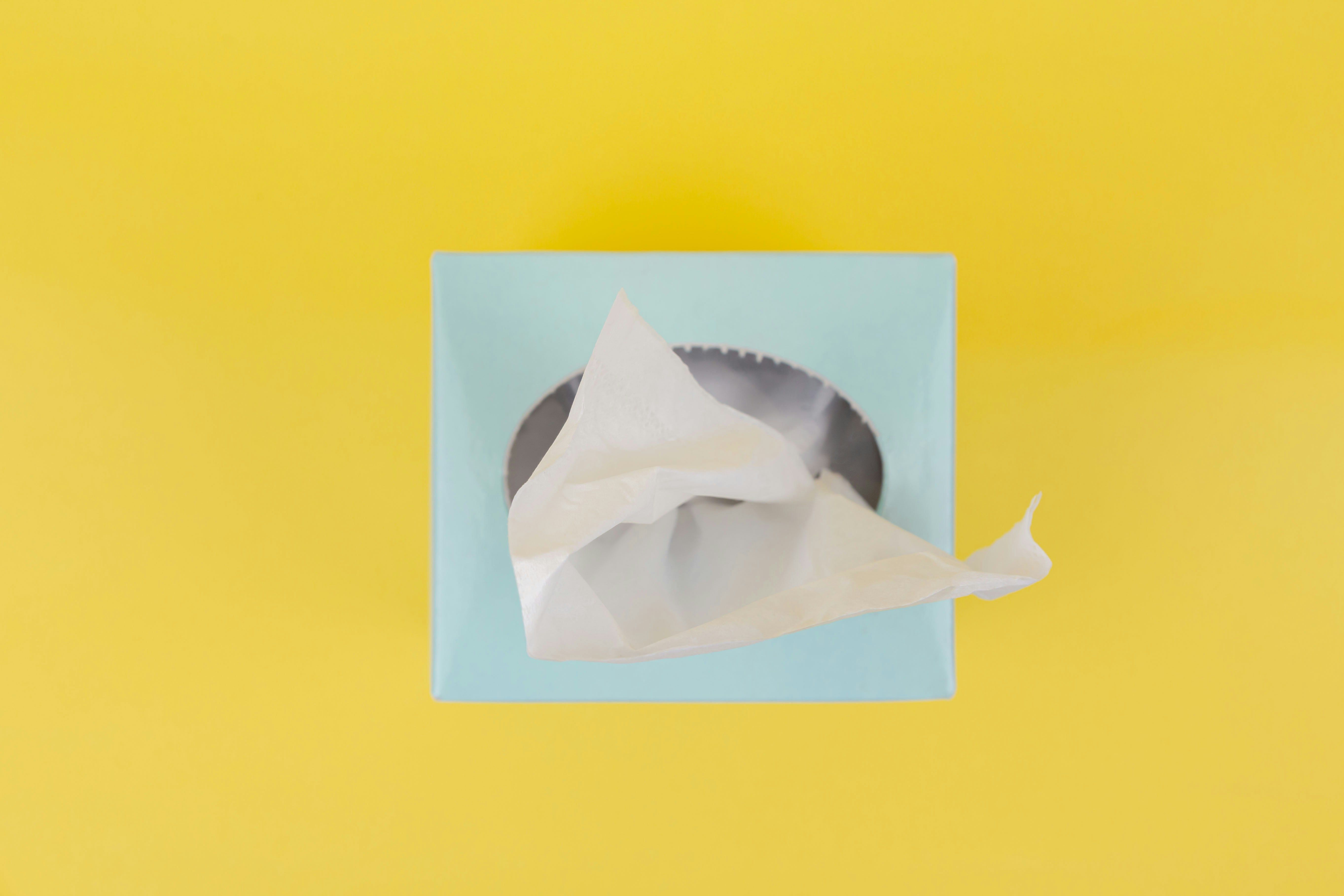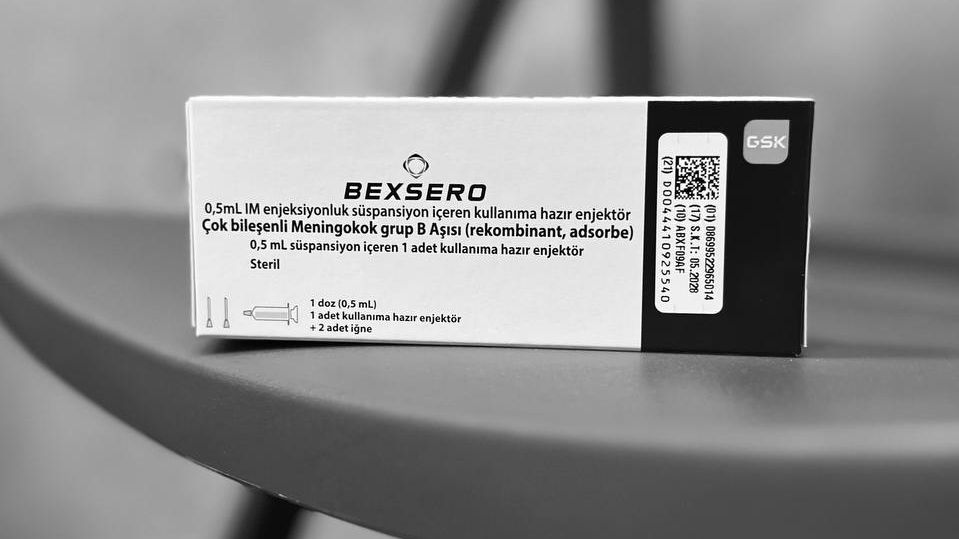With the start of the cold and flu season, many children develop persistent runny noses. This discharge can change from clear and watery to thick white and even green. Such changes often worry parents, leading them to use local antibiotics like Isofra, Polydexa, Furacilin, Albucid, or Tobrex. But are these treatments really necessary? Let’s take a closer look!
Viral Infections: antibiotics don’t help 🦠
Most cases of nasal discharge in children are caused by viruses. Antibiotics, however, are not effective against viruses and cannot treat viral infections.
Bacterial infections are rare 🧬
In some cases, a prolonged runny nose might be due to a bacterial infection, but even then, local antibiotic therapy is often ineffective. This is because the concentration of active ingredients in local antibiotics is too low to work effectively, and the mucus washes them away, preventing them from accumulating in the nasal tissues.
Antibiotic resistance: a long-term concern ⚠️
Unnecessary use of antibiotics contributes to the development of resistant bacterial strains. This makes treating serious infections harder in the future, as fewer effective antibiotics remain available.
Why does nasal discharge turn green? 🟢
The color change in nasal mucus is part of the body’s immune response to infection. As white blood cells (especially neutrophils) fight the virus, they release enzymes to destroy harmful agents. One of these enzymes, peroxidase, reacts with iron and gives the mucus a green color. Interestingly, this is often a good sign, indicating that the body is fighting off the infection and recovery is near.
When should you see a doctor? 🩺
While most cases can be managed with symptomatic treatment, certain symptoms require medical attention:
- Severe nasal congestion not relieved by decongestants
- Headache or facial pain, especially around the sinuses
- Fatigue or weakness even after using fever reducers
- No improvement after 10 days or more
In these cases, it’s important to consult a pediatrician or an ENT specialist to rule out acute bacterial sinusitis, which may require systemic antibiotics (oral medications).
Key takeaway: it’s not about the color 🛑
The color of nasal discharge is not an indicator of whether antibiotics are needed
What matters most is the duration and severity of the illness. In most cases, local antibiotics are unnecessary and can be harmful in the long run. Managing your child’s runny nose with symptomatic care is usually sufficient. Always consult a doctor if you have concerns about persistent symptoms or if your child’s condition worsens.

С началом сезона простуд у детей часто появляется длительный насморк. Отделяемое из носа может быть прозрачным и жидким, затем белым и густым, а потом и зелёным. Это нередко беспокоит родителей, которые начинают использовать местные антибиотики (например, Изофру, Полидексу, Фурацилин, Альбуцид или Тобрекс). Но действительно ли это необходимо? Давайте разберёмся!
Вирусная природа: антибиотики не помогают 🦠
Большинство насморков у детей вызвано вирусами, а антибиотики не действуют на вирусные инфекции.
Бактериальные инфекции встречаются редко 🧬
Иногда длительный насморк может быть вызван бактериями, но даже в таких случаях местная терапия малоэффективна. Это связано с тем, что концентрация антибиотика в спреях недостаточна, а обильные выделения не позволяют препарату накопиться в слизистой.
Устойчивость к антибиотикам ⚠️
Необоснованное применение антибиотиков способствует развитию устойчивых штаммов бактерий, что в будущем затрудняет лечение серьёзных инфекций.
Почему сопли становятся зелёными? 🟢
Зеленоватый оттенок выделений из носа связан с работой иммунной системы. Когда нейтрофилы борются с вирусом, они выделяют ферменты, один из которых — пероксидаза. Этот фермент, вступая в реакцию с железом, окрашивает выделения в зелёный цвет. Это часто благоприятный признак, говорящий о том, что организм побеждает инфекцию и выздоровление близко.
Когда обращаться к врачу? 🩺
Хотя в большинстве случаев достаточно симптоматического лечения, в ряде ситуаций стоит обратиться за консультацией:
- Заложенность носа, не проходящая после применения сосудосуживающих капель
- Боли в области головы или пазух
- Слабость и вялость, сохраняющиеся даже после жаропонижающих
- Отсутствие улучшений более 10 дней
В этих случаях необходимо обратиться к педиатру или ЛОР-врачу для исключения острого бактериального синусита, который может потребовать приёма системных антибиотиков.
Главное — не цвет выделений 🛑
Цвет выделений не указывает на необходимость применения антибиотиков
Гораздо важнее продолжительность болезни и тяжесть состояния ребёнка. В большинстве случаев для лечения насморка у детей достаточно симптоматической терапии. При подозрении на осложнения важно вовремя обратиться к врачу.
Photo by Diana Polekhina on Unsplash




